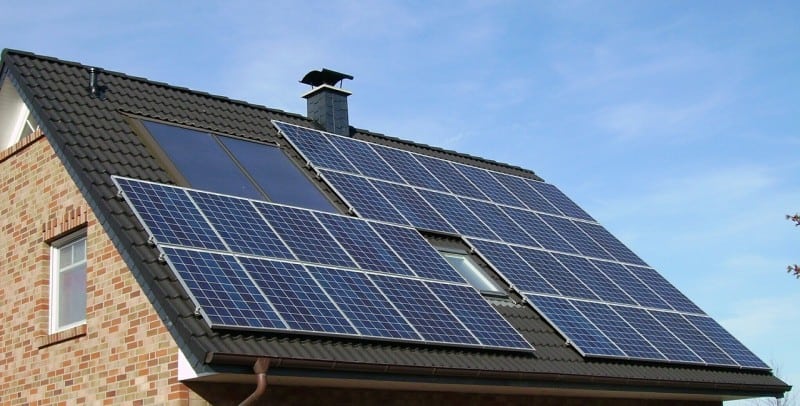The one thing that unites both the person living hand-to-mouth and the multi-billionaire is that neither is keen on spending more money than they need to (there are numerous examples of previously affluent individuals who lost much of their wealth thanks to extravagant spending).

Managing your household expenditure is vital since any money you save can subsequently be applied to investment and long-term financial goals.
One of the most effective ways of minimizing your expenditure while reducing your carbon footprint is adopting eco-friendly energy solutions in your home.
Many such solutions are simple, affordable and accessible. They don’t require extensive changes to the property to implement.
We look at 6 eco-energy solutions that can have a substantial positive financial and ecological impact.
1. Switch to the Cheapest Power Plan
Before you begin to look inward at the things you can change in your home to increase your clean energy use and reduce your utility bills, you should start by investigating how much you pay for power. It’s possible that the utility or plan you’re currently signed up for isn’t the one that costs you the least.
Take advantage of comparison websites that allow you to quickly zero in on cheap electricity plans for your area and thus begin saving on your power bills immediately.
2. Rooftop Solar Panels
Solar panels reduce carbon emissions and lower your electricity bill. Whereas the cost of a typical residential solar array runs into the tens of thousands of dollars, you can recoup this initial expense fairly quickly thanks to several green energy rebates, tax credits and incentives.
Once you install the solar panels, it could take just 5-10 years to recoup the cost depending on your home’s consumption and solar array’s electricity generation.
3. Get an Energy Monitor
One of the biggest impediments to lowering residential power consumption is a lack of precise information.
If you know exactly how much power you consumed on any given hour, day, month or year, you’d be in a better position to zero in on the factors propelling your soaring electricity bill. Ergo, you can better contain your energy use by installing an energy monitor.
It’s inexpensive, easy to use and allows you to see your level of energy use in near real-time. The monitor is clipped to the power supply cable.
It transmits a wireless signal to a display that shows how much electricity you’re using. In one study, homes that fitted an energy monitor cut their power bills by 10 to 15 percent per annum.
4. Get Smart Power Strips
Smart power strips are simple but highly effective solutions to a notorious home energy problem—energy vampires. Energy vampires are appliances that are fully charged or shut off but because they are still connected to a live power supply, they still consume some energy.
It’s estimated that about 20 percent of all energy wasted in the United States can be attributed to energy vampires.
By constantly sensing energy demand, smart power strips cut off electricity supply to devices that aren’t in use or are fully charged.
5. Replace Current Appliances with Energy Star Rated Ones
Energy Star ratings are all the rage today and it isn’t surprising. An Energy Star appliance consumes much less power than its conventional competitors or predecessors.
For example, an Energy Star fridge consumes at least 15 percent less power than the typical refrigerator. This automatically leads to lower utility bills.
If you can, get rid of all your appliances and replace them with Energy Star models. If this isn’t feasible due to the cost involved, consider replacing your appliances one at a time (starting with the oldest item as this is likely to be the least energy efficient).
6. Insulate Your Home
As much as 10 percent of the average home’s electricity bill is due to energy losses occasioned by inadequate insulation. You can therefore reap substantial savings if you firm up your home’s insulation.
As you insulate your home, pay attention to your windows as these are often the single biggest avenue for heating or cooling losses.
Best practice would be to install double pane windows. They don’t come cheap as each window costs hundreds of dollars. Nevertheless, given how long the average window lasts before it needs replacement, this investment can be more than worth it.
There are many other eco-energy solutions you could install in your home. When choosing the ones that are most suitable, consider the cost, savings, difficulty of installation and eco-friendliness.
Related Posts
- 8 Best Practices to Help Make Your Home More Sustainable
- 6 Ways You Can Cut Down Your Home’s Energy Consumption
- What are the Pros and Cons of Solar Tube Lighting in Homes
- All About Solar Panel Tiles and Shingles – Cost – Pros – Cons
- Save Your Solar Power: Maximize the Energy with These Simple Tips
- 7 Tips to Create a More Eco-Friendly Home or Apartment
Leave a Reply